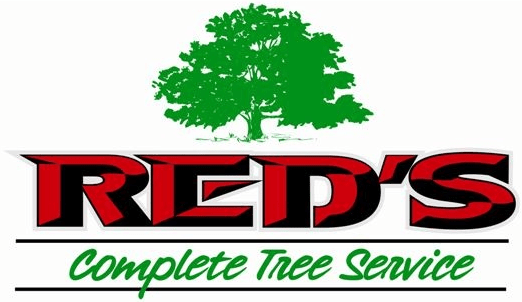Here at Red’s Tree Service of Memphis, we’re proud to be your locally owned and operated one-stop shop for all your tree-related needs. This includes keeping you informed about critical safety concerns, such as the signs of a dying tree.
You may not realize it, but dead and dying trees can pose a severe safety hazard! In fact, research performed by the Occupational Safety and Health Administration (OSHA) demonstrates that dead and dying trees pose a greater risk to human health and safety than sharks! It turns out that every year, falling trees kill more than 100 Americans. Sharks? Less than 5.
So how do I know if I’m dealing with a dead or dying tree? Well, that’s just what the subject of today’s reading is all about. So read on to learn the signs of a dying tree, and ensure that your family and property stay safe!
Signs of a Dying Tree
When it comes to identifying sick or dying trees, there are plenty of tell-tale signs if you know what to look for. For example:
Sticks all over the ground
A healthy tree has flexible twigs and branches that are less likely to break. It isn’t normal for a healthy tree to shed sticks at such a rate that you notice them all over the place! If your tree doesn’t exhibit signs of green wood in its branches, you can be sure something is wrong and should take action immediately.
Bark Peeling
Although different species of trees will exhibit varying degrees of peeling in bark, one sign that something is wrong is the excessive shedding of the outer protective layer of the tree. If you notice lots of peeling bark, then the tree isn’t getting enough nutrients. Similar to human skin, problems in the bark can indicate much bigger problems.
The Presence of Rot and Fungus
Nothing is more of a surefire sign of a dying tree than considerable rot and fungus. There are numerous types of rot, all of which require intervention to save the tree in many cases. Different tree rot types include Brown Rot, the most severe form of tree rot, and causes the tree to dry up and literally crumble away. White Rot, while also very serious, causes the tree to feel excessively moist and spongy instead.
Regarding fungal infections, Rhytisma acerinum and R. punctatum are the most common in the United States. Both appear most often in late spring and early summer, and both are characterized by black tar-like raised structures on the upper surface of leaves appearing alongside yellow spots.
Leaning
A leaning tree will often have some underlying structural issue that indicates poor health. Unless you know this tree grew at an angle, you should take action immediately to avoid catastrophic damage from an imminent fall.
Open Wounds
While trees respond well to careful cutting and trimming, a large open wound in a tree, like that caused by excessive storm damage or lightning, can weaken and eventually kill the tree.

That’s not all – Give us a Call!
Thanks for taking the time to learn more about tree health and safety. The signs of a dying tree are numerous and should never be ignored, so if you have any questions or concerns, please give us a call. We employ a trained and certified arborist who is an expert in tree health and can often save your tree with various interventions. If removal is required or desired, rest easy knowing that Red’s has operated in the Memphis area for over 40 years. We only employ the highest quality professionals to give our customers the best service.
We look forward to hearing from you!
